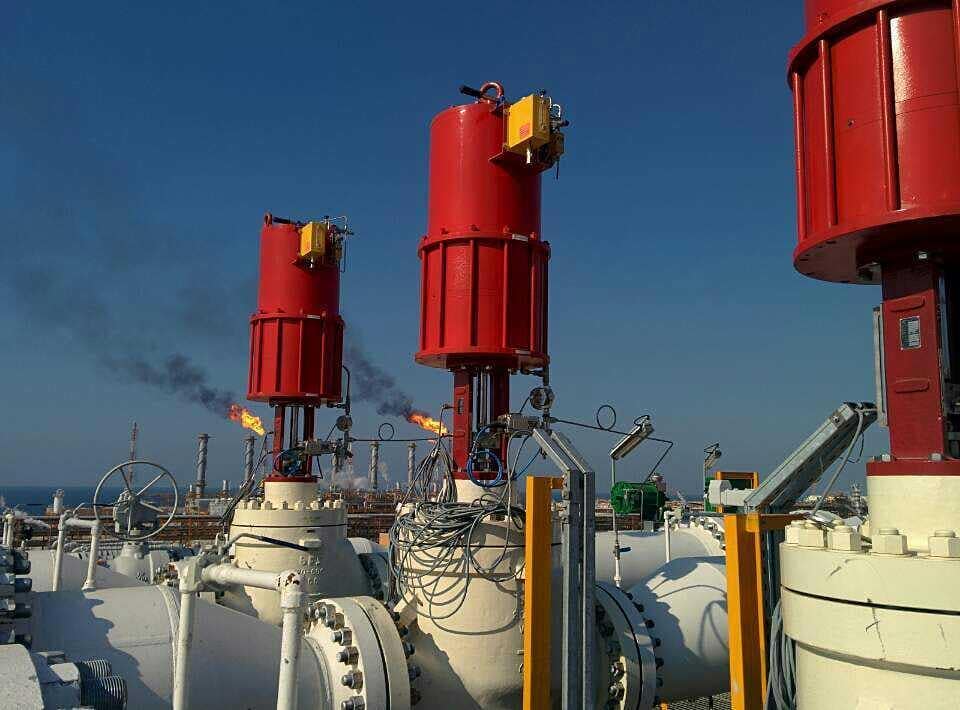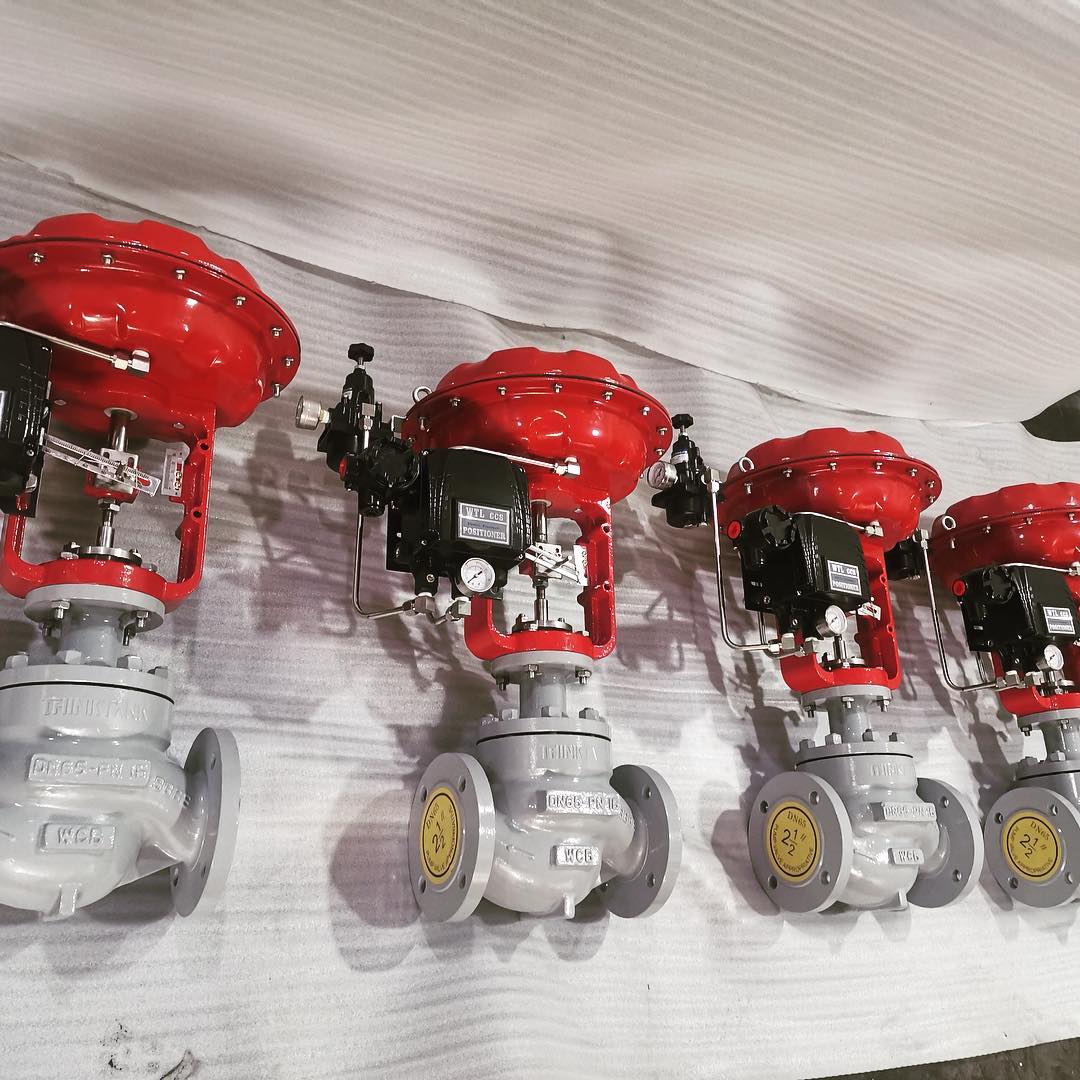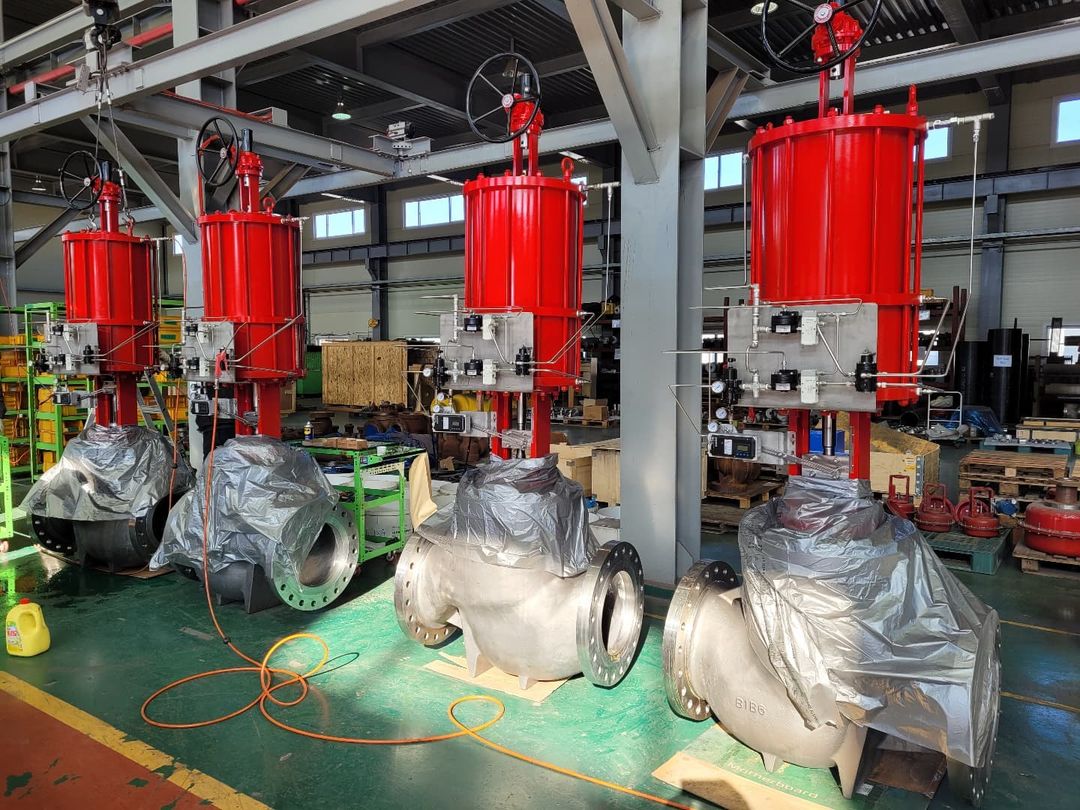When it comes to selecting the right type of pneumatic directional control valve for any application, you have many options to choose from. Each has its own specific features, so it’s helpful to understand the differences and choose the type that best suits your needs.
To help you find the right valve “type” for your pneumatic application, this article will highlight five basic requirements to consider.
- Media
The first and most obvious question is, what gas (or liquid) will this valve control, and at what input pressure? compressed air? Water negative pressure? Gas Make sure the valve is compatible with the media and pressure being passed before checking any other factors. - Valve driving method
There are various methods that can be used to open or close the valve. The four most common are solenoid operated (by electric current), manually operated (by skilled labor and levers, buttons, foot pedals, etc.), mechanically operated (by a tool or workpiece in contact with a cam, ball or plunger), or remote Pneumatic operation (via output signal from another valve). - Spring return or stop
This is the return method by which the valve will “return” to its original unactuated state. Typically this is a mechanical spring, or a separate form of the same actuation method described above. Manufacturers call these methods “spring return” and “brake” valve types. In other words, are you looking for “momentary contact, momentary output” or “momentary contact, maintained output”? Decide if you want the valve to return to the initial position or stay in the final position after actuation. - Valve configuration
Most pneumatic directional control valves are 2-way, 3-way or 4-way, as a rule of thumb, this is the count of their active media ports.
Two-way valves have an inlet and an outlet and, when actuated, allow the medium to pass through (known as two-way normally closed) or stop flow (two-way normally open)
Three-way valves add a third port to vent pressure at the outlet port (exhaust port) when the inlet port becomes blocked. Three-way valves are also available in normally closed or normally open.
Four-way valves add a second outlet and corresponding second exhaust to the three-way function and are most commonly used to control double-acting cylinders and actuators. When the four-way valve is actuated, the inlet pressure is switched from one outlet port to the other.
NOTE: As an option, 4-way valves can be configured with 3 positions, where the center position forms a “neutral” position selection of three options (all outlet ports are exhaust, pressurize or check). - Flow rate (valve size)
Flow is the fifth factor to consider in valve selection. An undersized valve will slow fill times or cause other forms of inefficiency in the system, while an oversized valve can be classified as a waste in the system. It is important to estimate the maximum flow for the application and select a valve size with sufficient capacity. All valve suppliers provide flow rates and provide simple reference material to help you, but basically your valve needs to fill a specific downstream volume in an acceptable amount of time.
Tip: Most manufacturers specify a “Cv” value, which is a recognized index of flow, called the “flow coefficient.” It gives you an easy way to compare similar sized valves.
Once you have used these five factors to determine the type of valve you need, then weigh the specific performance and integration attributes offered by matching brands and models from valve manufacturers. Still a little overwhelmed? don’t worry! We make it easy for you to browse our online catalog and narrow your search until you find the exact product you need for your specific application.


PDF Get-a-Product Catalogue